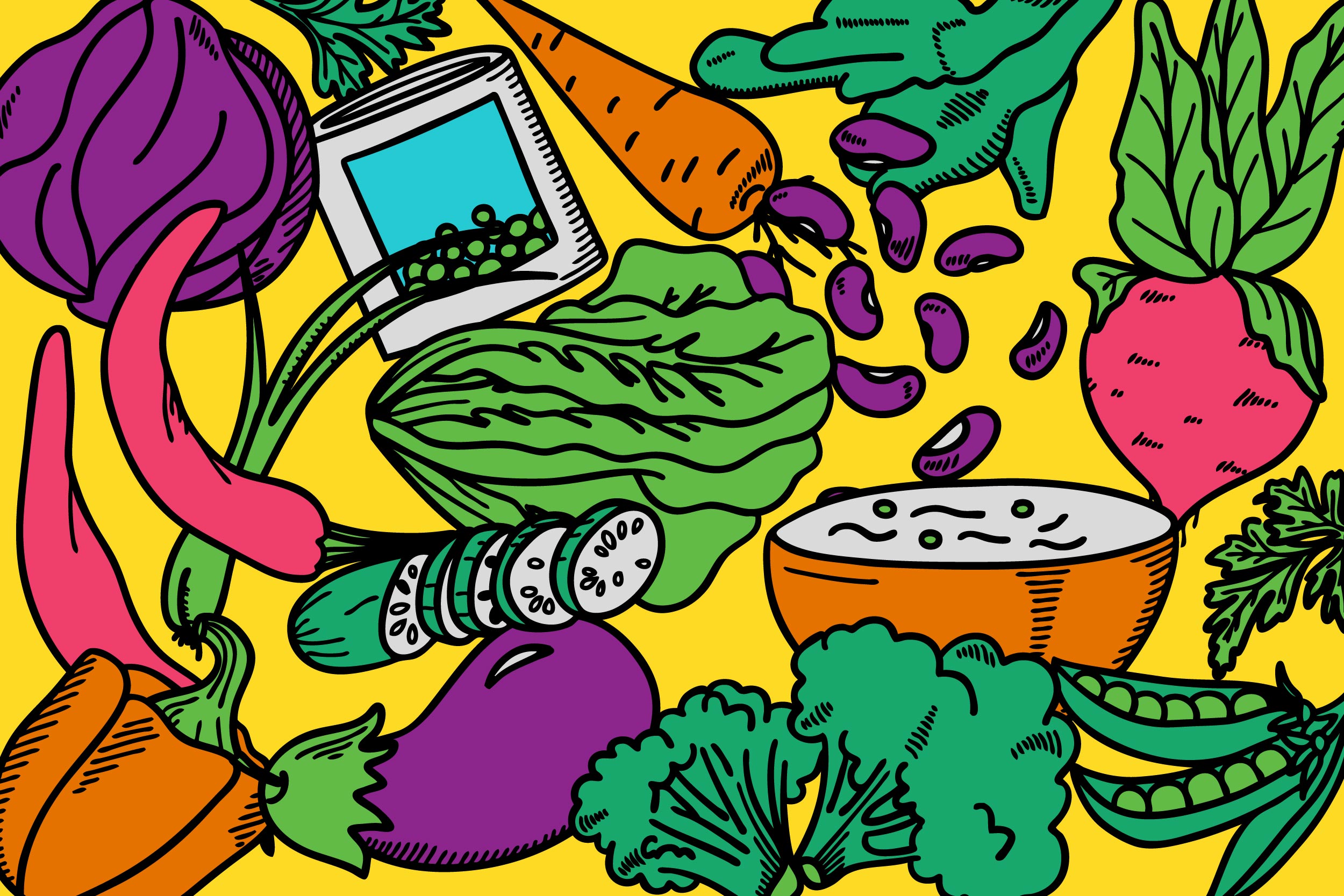Many parents have seen “the look” at their dinner table.
You know, the one where children see vegetables on their plate and react as if they have just seen the devil.
Sibylle Kranz, a registered dietitian nutritionist and associate professor in the University of Virginia’s Curry School of Education and Human Development – who also teaches in UVA’s School of Medicine – is here to help.
She has conducted numerous studies of children’s dietary needs and preferences, along with other aspects of the American diet. With summer winding down and the start of new school routines around the corner, we caught up with her to learn more about how parents can promote healthy eating habits.
Q. Growing up, we were constantly told how important it was to eat our vegetables. Is this still true?
A. Yes, absolutely still true. There is overwhelming evidence that children who eat at higher amounts of vegetables compared to those who eat barely any are healthier and do better in school.
Q. How many vegetables per day should our kids be eating? Does it depend on the age of the child?
A. This is a loaded question, because you imply that there is a maximum amount and beyond that we could expect detrimental effects when, in fact, as long as all protein, fat and nutrient requirements are met, children can eat a diet of exclusively consisting of vegetables.
Many vegetables have protein and cover all essential amino acids, the building blocks of protein. We have very high-fat vegetables that meet the requirements for essential fatty acids, and with a variety of vegetables, children also consume a large variety of micronutrients. So a healthy complete diet could easily be had with a very high vegetable diet.
Q. What if your child looks at broccoli like a mortal enemy? Are there stealthy ways to get him or her to eat it?
A. That depends on the age of the child and his or her personality. Some young children can be enticed to eating new foods by allowing them to play with it, such as, “I’m a dinosaur and I’m eating a tree.” Others prefer to play by dunking their vegetables into a dip (some colorful choices are spinach or sweet pepper hummus, guacamole, salsa, etc.).

Children’s formative age for developing food preference is before they are 5 years old, according to Sibylle Kranz. (Photo by Dan Addison, University Communications)
Q. From a nutrition standpoint, are some vegetables better to eat than others?
A. Yes and no. For cancer prevention and overall health, the leafy green vegetables and cruciferous vegetables are best. If your child likes starchy foods, then yams and sweet potatoes are good.
For the average American child population, the problem is that they consume too many battered and deep-fried vegetables, which is associated with excessive weight gain. That said, the only vegetable that provides nutrition is the vegetable that is actually eaten by the child, so parents need to personalize their approach and tailor what’s offered and how it is prepared to the child’s preferences.
Most importantly, parents have a tremendously important role as role models. (So do other individuals sitting at the table, such as siblings or visitors). Children will eat what their role models eat.
Q. Is it worth it to spend more money on organic vegetables?
A. Currently, there is lack of data to show if there is a nutritional benefit to organic vs. commercially grown foods. However, there is lots of evidence on the presence of sometimes very high concentrations of potentially harmful substances (pesticides, fungicides, etc.) on some commercially grown foods. There are many lists available on the internet from reputable sources that show the amounts.
So at this point, I am only comfortable pointing out that depending on how the vegetable is prepared (i.e. washing, peeling), there might be a high concentration of potentially harmful substances on the vegetables. Organic vegetables fertilized with manure are not free from potentially harmful substances, either. So the consumer needs to weigh the options (and prices and food handling needs, of course).
Q. Anything else parents should be aware of?
A. Children’s formative age for developing food preference is before they are 5 years old. So if parents want to have a higher likelihood of children eating lots of different vegetables, it is important to expose them to many different vegetables in a fun and relaxed way as often as possible as they grow up, and to eat the foods with them.
Some newer products available in the store (or home-made) are baked vegetable chips (such as kale, beet root, or sweet potato chips), pea snacks, etc.
Media Contact
Article Information
August 8, 2019
/content/qa-how-get-your-kids-eat-their-veggies

